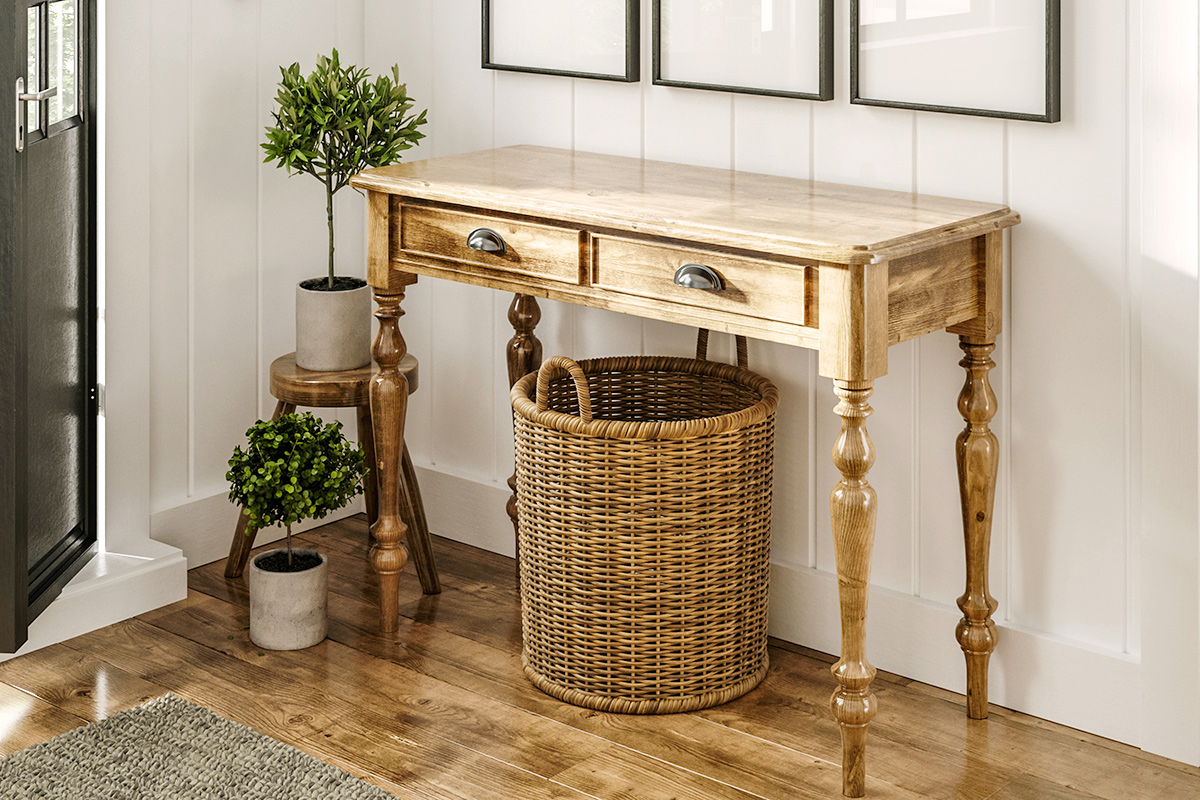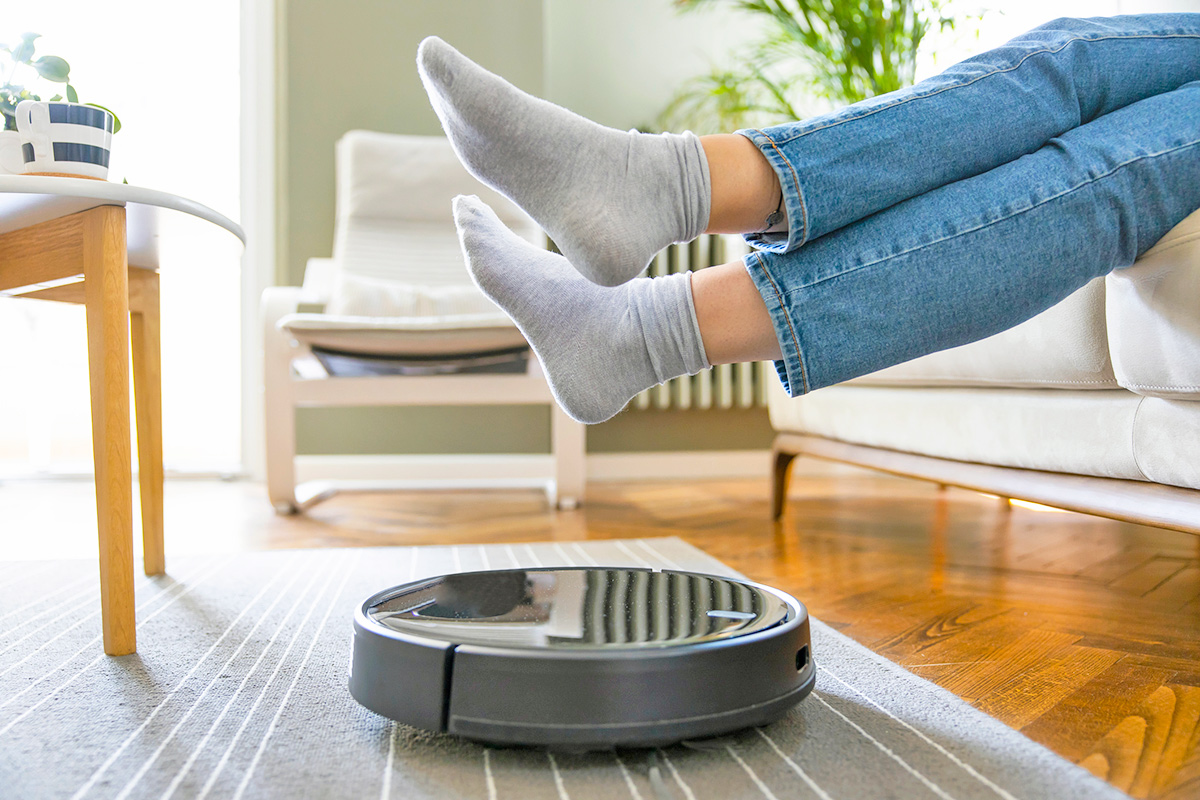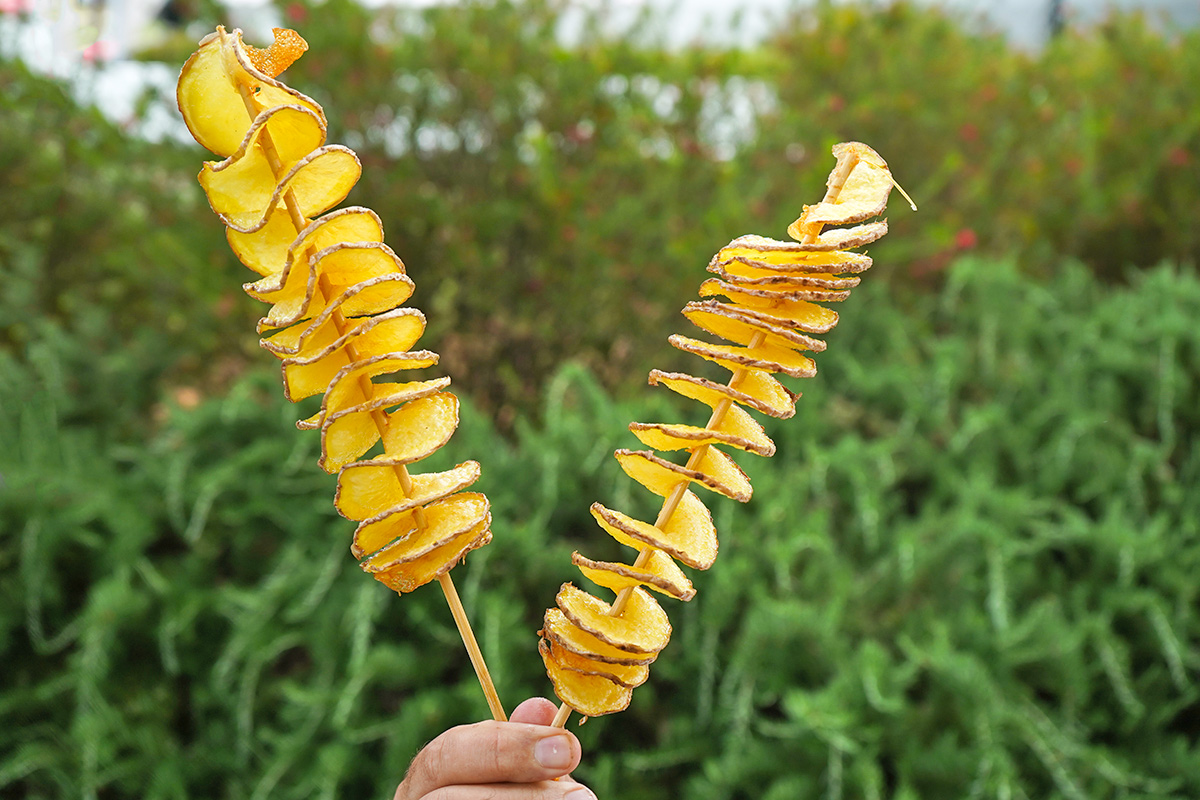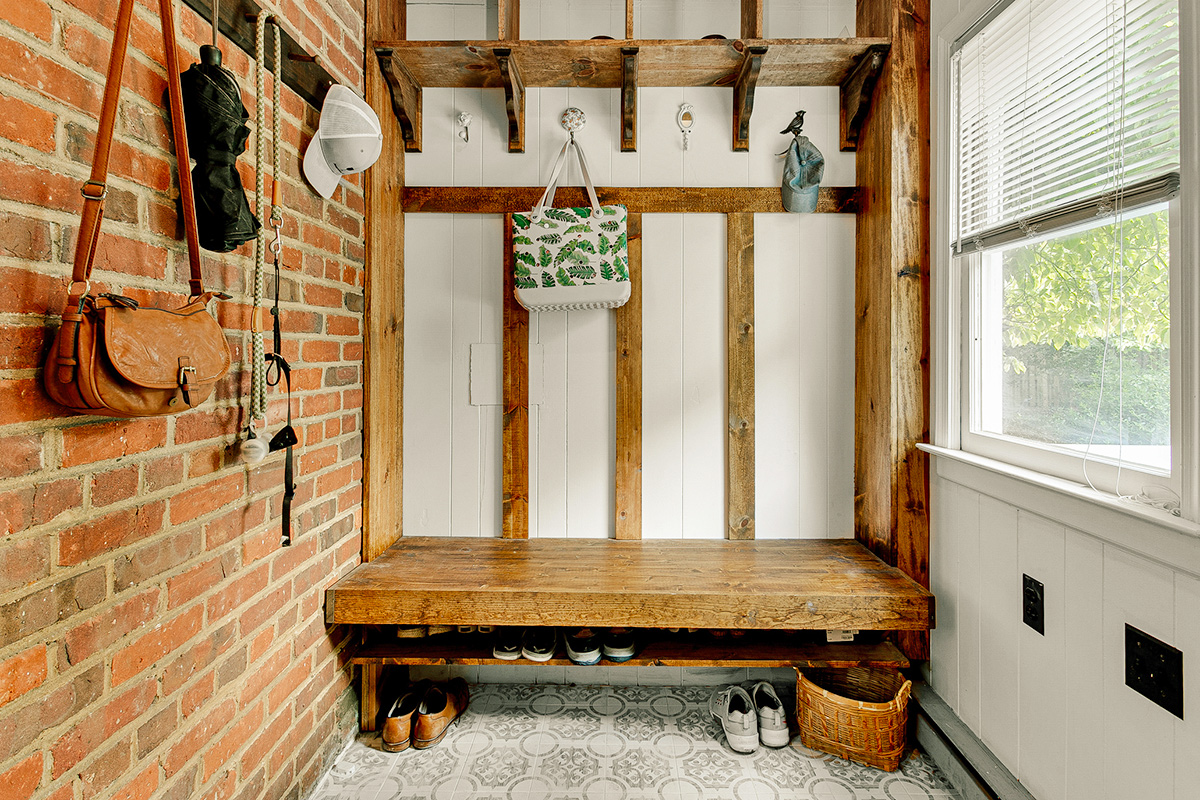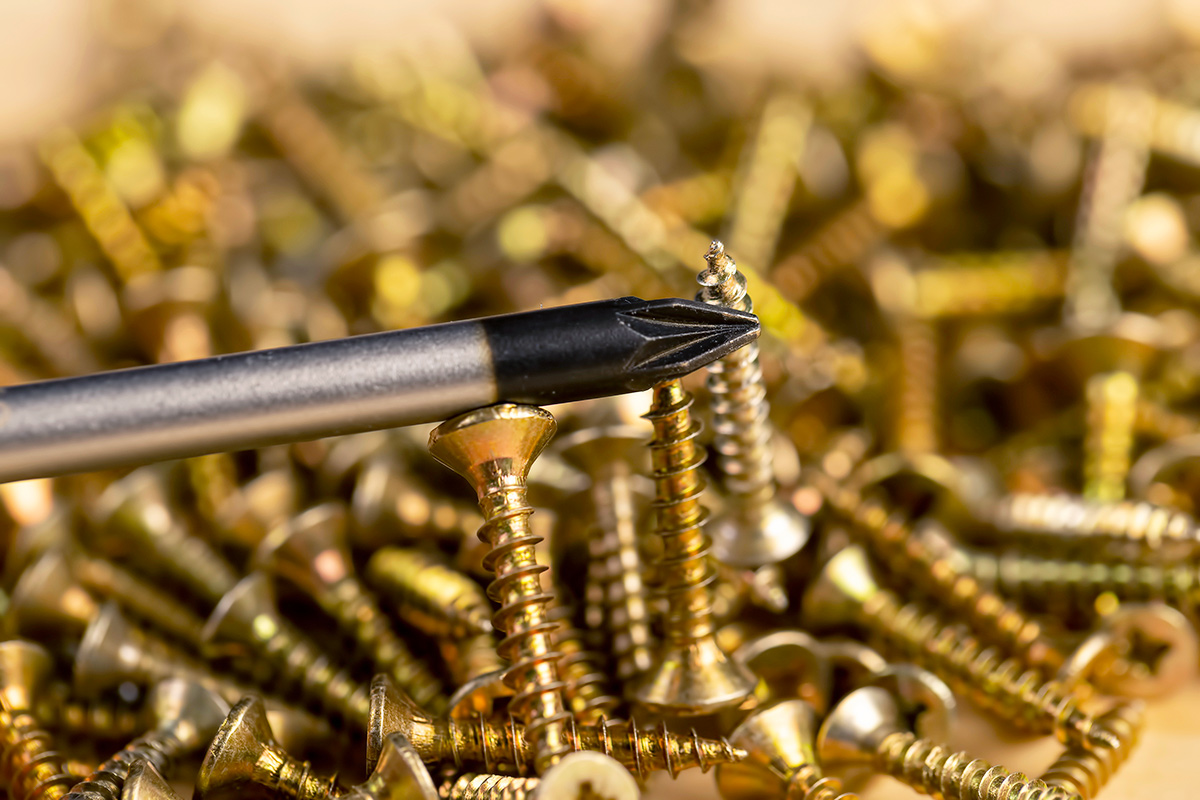Every home has that one spot where clutter mysteriously accumulates, often right by the front door. It’s where items meant to leave the house — a bag of donations for the thrift store, borrowed books due back to a friend, or that sweater you swore you’d return two weeks ago — somehow get stuck in…
What Is a Returns Basket?
Think of a returns basket as a temporary holding zone for anything that doesn’t belong in your home. It’s the perfect catchall for items destined to go elsewhere — library books, borrowed food storage containers, store returns, hand-me-downs, or packages heading to the post office. Instead of letting these things pile up in various corners of your house (or worse, forgetting them entirely), corral them in one designated basket near the door to keep your space tidier and your errands more streamlined.
Which Type To Choose
Not just any container will do. Choose a bin or basket with handles — something durable yet portable that you can easily grab on your way out. It doesn’t need to be fancy; even a simple canvas tote or lidded basket will do the trick. If you’re feeling especially organized, label it “Returns” to make its purpose crystal clear to everyone in the house.
The beauty of this system lies in its simplicity. It doesn’t require any tech, apps, or complicated routines. Just drop items in the basket as you think of them. Then, the next time you’re heading to the car, grab the basket and check off a few to-dos — no last-minute scrambling or forgotten packages.
More from our network
House Outlook is part of Optimism, which publishes content that uplifts, informs, and inspires.
Bonus Tip
If you have little ones in your life, assign them their own mini returns section. It’s a great way to teach responsibility and keep track of school library books, forgotten jackets, or toys headed back to a friend’s house.
A returns basket may not seem like a big deal, but it solves a surprisingly persistent problem in most homes. By creating a dedicated space for outbound items, you’ll clear mental and physical clutter and finally stop letting returns, donations, and borrowed stuff collect dust.







